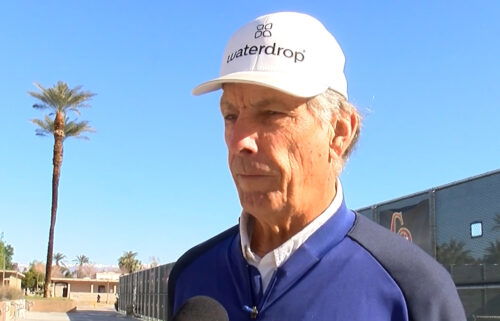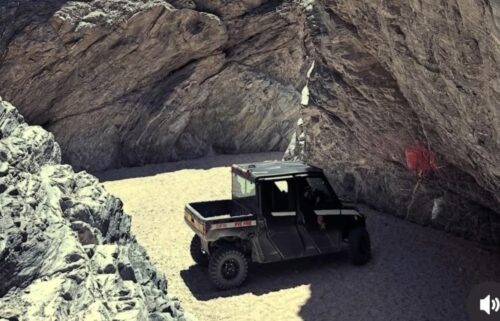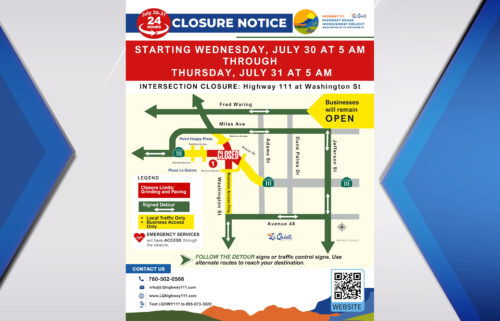Kids and Crime: Inside the Juvenile Justice System, Part 1
Riverside County’s Chief Probation Officer, Mark Hake says local school districts do a good job keeping an eye on our children and identifying troubled youth. It begins when kids enter school at the elementary level. From teachers to administrators, kids are taught how to follow rules and face the consequences if they don’t. A large percentage of minors “fall-in-line” early on, and mostly take to the minor disciplinary actions.
But, as Chief Hake explains there are kids who push the limits and end up on the wrong path. “You’ll see truancy issues, they’ll be skipping classes, they will start to associate with certain peer groups. All those types of behaviors are indicators that those kids are at risk for being involved in the juvenile justice system.”
In recent years there’s been in a shift in the discipline process for school aged children. The list of infractions equaling certain punishments like automatic suspensions or expulsions has changed. Now, there’s a little more wiggle room, taking into account the multitude of reasons behind the child’s actions.
Assistant Principal Kristen Wood says, “according to research you cannot punish a student into changing their behavior, you really have to work with them and give them intrinsic motivation to change that behavior.” Colonel Mitchell Paige Middle School in La Quinta implemented the Restorative Practice Program this school year. “it really takes a look at what the behavior is instead of just suspending and sending a child home for an infraction that they’ve done. why are they doing it, what support systems do they need, what interventions we can give that child to make better choices,” explains Wood.”
8th grader Tisha Vitale admits to being a troublemaker – but that’s in the past. She says the Restorative Practice Program has taught her that she has options when it comes to her behavior. Along with administrative support, vitale works off a so-called ‘cycle’ list which helps her move step by step to make better choices. The program also includes peer to peer discussion. She says she likes the fact that she can have conversations with a Counselor or Vice Principal instead of getting in trouble. She says, “It helps you understand why you’re getting in trouble.” According to Vice Principal Wood, “We’ve seen an incredible drop in our suspension rate, kids now are staying on campus, they’re getting support and counseling they need, they’re in the classroom for instruction.”
As the kids move into high school, troubled youth are still given opportunities to better themselves and get on track. If they are arrested, there’s a program that’s been established within desert sands unified school district that gives them another chance to own up and face consequences. It’s called Youth Court.
Riverside County Deputy District Attorney Doug Gee trains the kids to appear in court on actual cases from their schools. And, their peers, the other students that have gotten into trouble are represented by them.
Palm Desert High School kids meet for an hour once a week at the sheriff’s station to get instruction from Deputy District Attorney Gee, who along with county judges, probation officers and sheriff’s deputies volunteer their time in an effort to teach kids about the law, public speaking and to get them involved with helping to represent their peers in actual court.
“So what this is, is that it gives that kid that chance that one chance, a kid that has never been in trouble with the law before and after meeting with him and his parents we find it suitable to enter this program we will offer him a chance to take care of this in youth court,” says Gee.
Palm Desert High School Student Francesca Di Biasi is a member of the Youth Court team. She says it’s not about proving innocent or guilt, she says, “it’s about how much punishment they should receive whether it be more or less depending on the situation and circumstance.” Nora “Avery” Lee, another student in the class really believes in the program. “When you’re that young you deserve a second chance and you make silly mistakes, on impulse, peer pressure, people do need to get that second chance and youth court is that second chance. I think it’s a really great program to have.”
The goal of both programs is to try and give the kids an opportunity to right, the wrong turn the negative into a positive. “We are all better off if we can get these kids turned around at a very young age so they don’t enter the juvenile justice system and they don’t enter the adult criminal justice system,” says Gee.



